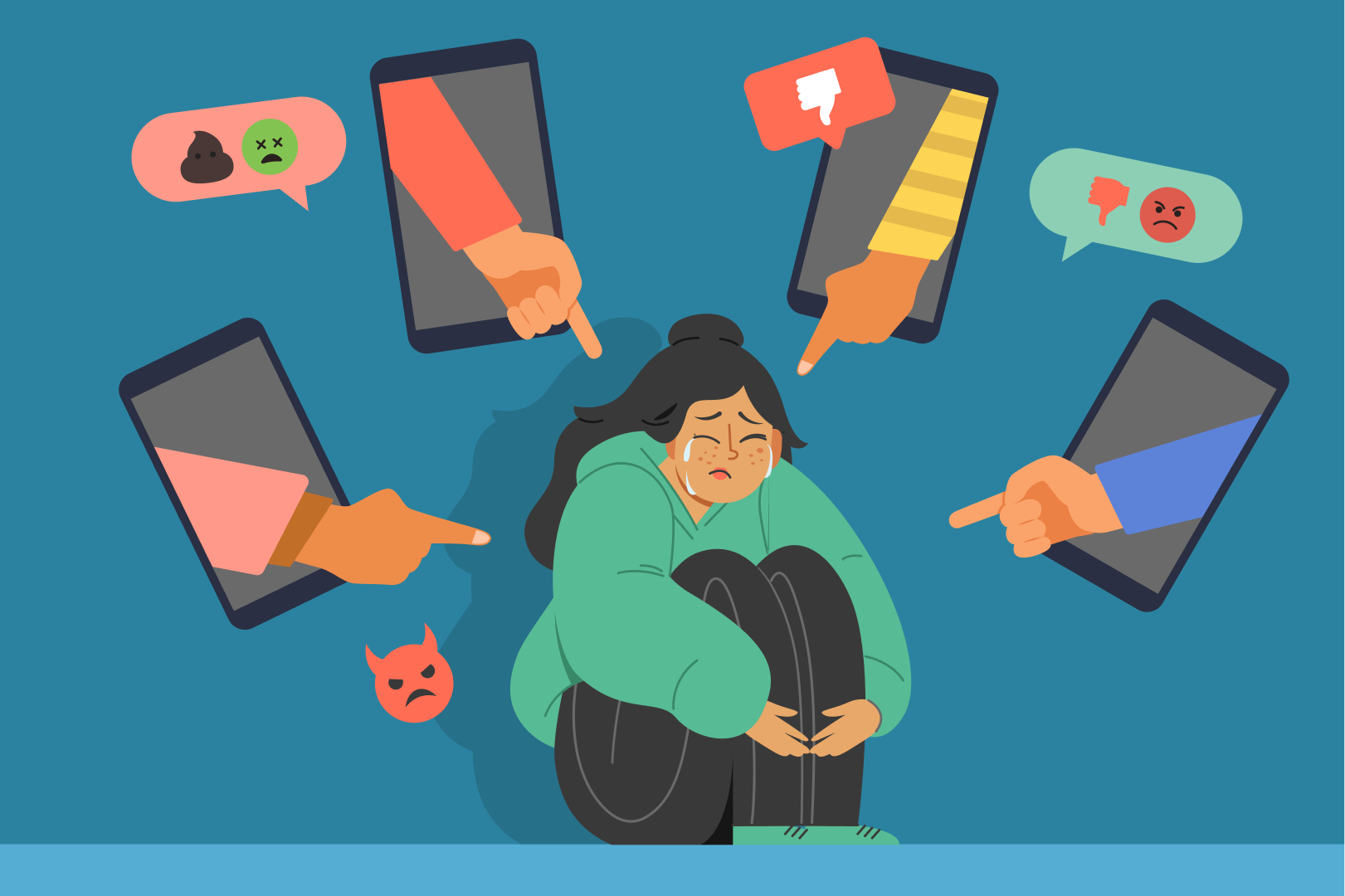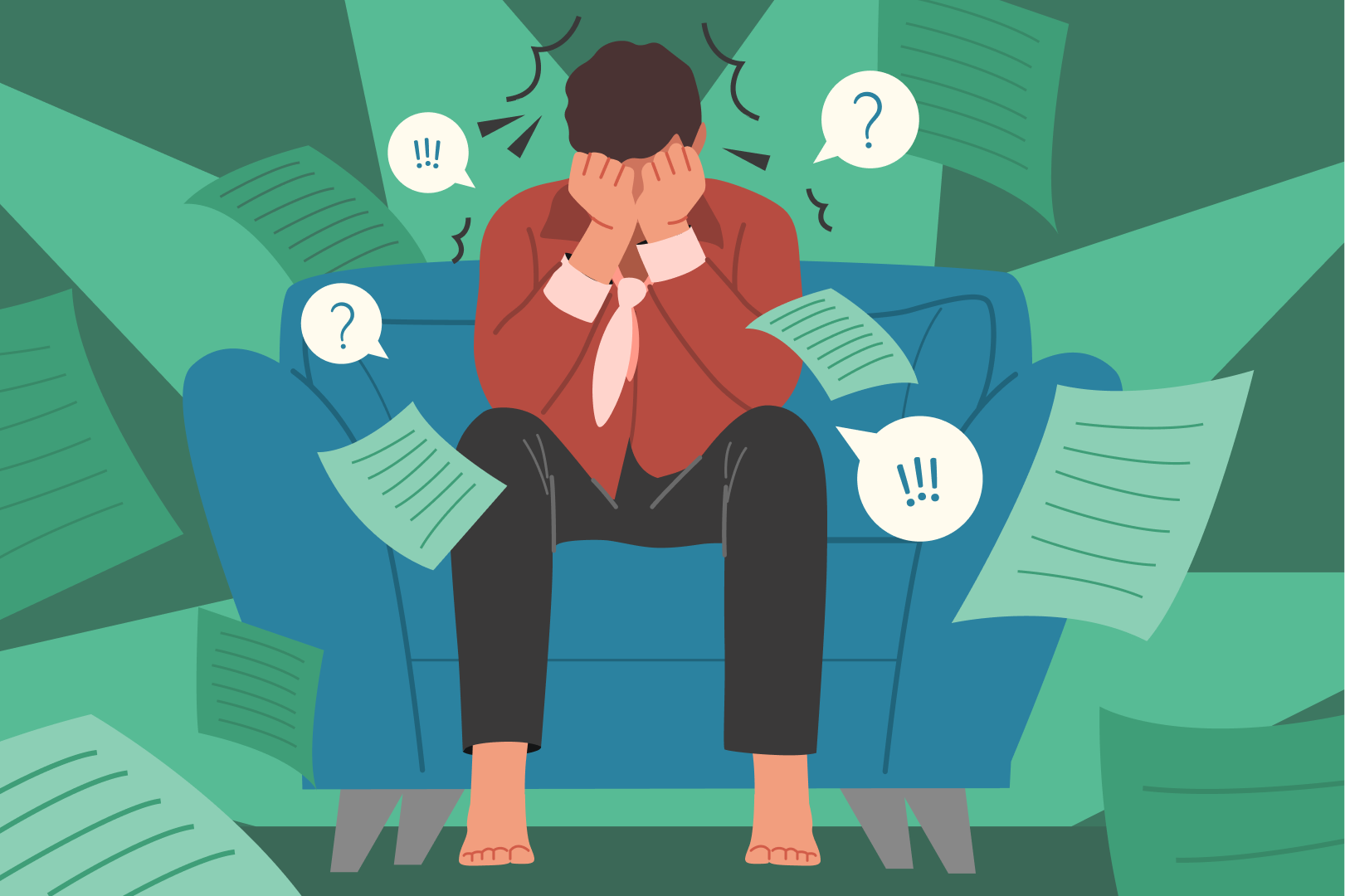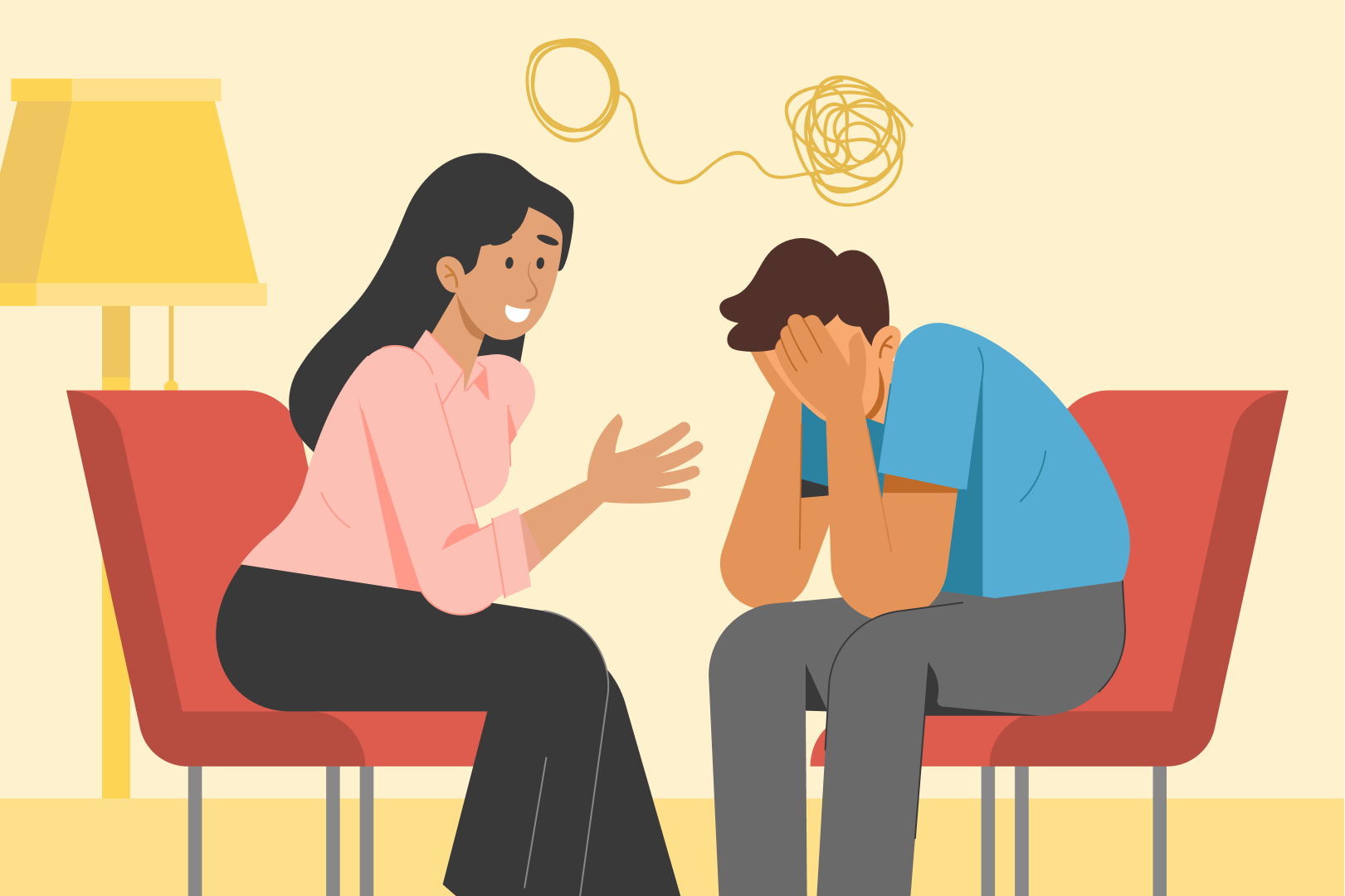Social media platforms popular among young people include Facebook, Twitter, WhatsApp, Instagram, Pinterest, Snapchat and TikTok.These are a big part of many young people’s lives. You use social media to have fun, make and maintain friendships, share interests, explore identities and develop relationships.
Gaming chat sites are popular ways for young people to connect with others who share their particular gaming interests.
Using social media means uploading and sharing content. This includes:
- Creating online profiles
- Posting comments or chatting
- Uploading photos and videos
- Reacting to or ‘liking’ other people’s posts
- Sharing links
- Tagging photos and content
- Creating and sharing game modifications
- Remixing or changing existing content and sharing it.
Many social media platforms have age restrictions. For example, to have a Facebook or Instagram account you need to be 13 years old.
Social media: benefits
Social media is a big part of many young people’s social and creative lives.
Children and teenagers use social media to have fun, make and maintain friendships, share interests, explore identities and develop relationships . For older teenagers especially, it’s often a key part of how they connect with friends.
Social media can connect children and teenagers to online global communities based on shared interests. These might be support networks – for example, for young people with disability or medical conditions, LGBTQI teenagers, or children from particular cultural backgrounds. Or they might be sites for commenting on and sharing content about particular interests like games, TV series, music or hobbies.
Young people can get many other benefits from using social media:
- Digital media literacy: exploring and experimenting on social media can help children build knowledge and skills to enjoy online activities and avoid online risks.
- Collaborative learning: adolescents can use social media to share educational content, either informally or in formal school settings.
- Creativity: young people can be creative with profile pages, photos and video, and modifications for games.
- Mental health and wellbeing: connecting with extended family and friends and taking part in local and global online communities can give a sense of connection and belonging.
Social media: risks
Social media can also pose risks. These risks include:
- being exposed to inappropriate or upsetting content, like mean, aggressive, violent or sexual comments or images
- uploading inappropriate content, like embarrassing or provocative photos or videos of themselves or others
- sharing personal information with strangers – for example, phone numbers, date of birth or location
- cyberbullying
- exposure to too much targeted advertising and marketing
- data breaches, like having their data sold on to other organisations.
When harassment and intimidation take place online, it’s called cyberbullying. This kind of bullying can be especially hard to deal with, since it can be difficult to control and visible to a large number of people.
What is cyberbullying?
Cyberbullying is the deliberate, persistent and malicious use of words or pictures in an online environment intended to cause harm to someone’s wellbeing. Most common age for cyberbullying is the transition period between primary and high school when young people are around 11 or 12, but it happens throughout the teenage years so it’s important to be aware.
What does cyberbullying look like?
Cyberbullying comes in many forms but the most common are:
- receiving intentionally hurtful text messages, emails or direct messages on social media sites
- people spreading rumours or lies about someone online
- people sending images or videos intended to humiliate or embarrass someone
- people sending threats to someone
- people setting up and using fake online profiles to embarrass or intimidate someone.
How is it different to other forms of bullying?
Bullying is a kind of behaviour that is designed to cause intentional harm. Cyberbullying can be even more distressing because of its very public and uncontrollable nature. For example:
- there’s no limit to who can view or take part in cyberbullying
- it can be very difficult to remove content shared online
- bullies can be anonymous
- content can be accessed through search engines
It’s hard for people to escape the bullying, especially if they use technology in their everyday lives. It’s suggested that young people can be more likely to bully someone online than they would in real-life, as they feel less accountable for their actions due to the nature of the online world.
What are the effects of cyberbullying?
The effects of cyberbullying on teenagers can range from:
- lower school attendance and performance
- increased stress and anxiety
- feelings of isolation and fear
- poor concentration
- depression
- decreased self-esteem and confidence
- in extreme cases the cyberbullying can lead to suicide.








